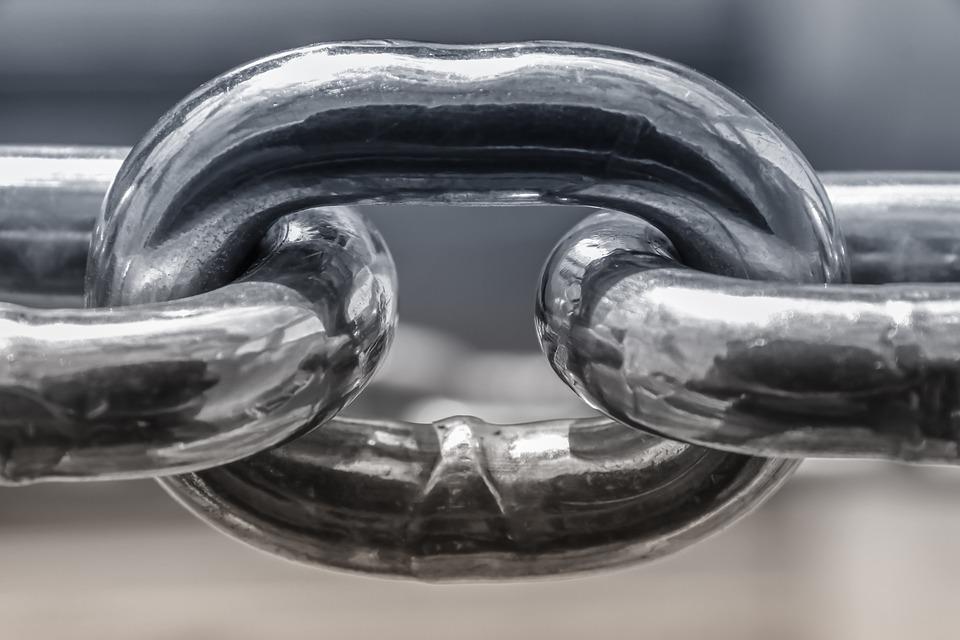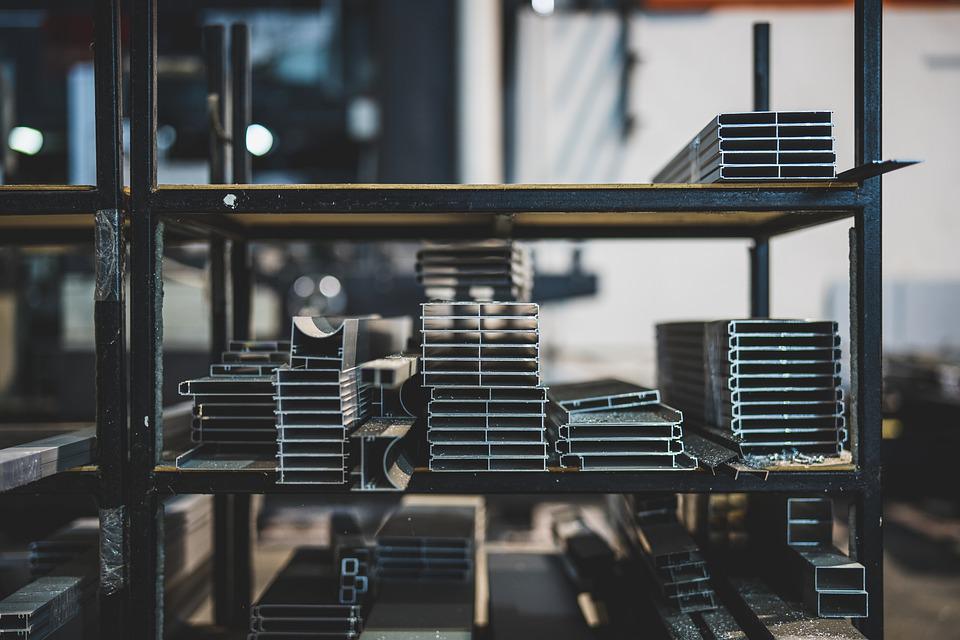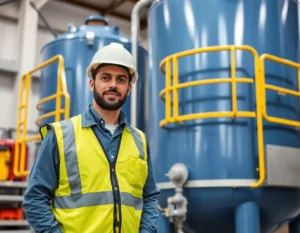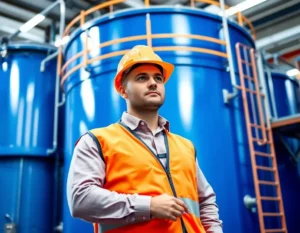What is stainless steel? This material is one of the most used metals in the world, made up of several alloying elements that we will talk about in depth below, keep reading and we will explain what stainless steel is, what its alloys are, what are the types of stainless steel, its main characteristics, and the greatest benefits.
Do you know what an alloy is?
As such, it is a mixture of two or more elements, of which at least one, the one that is found in greater proportion, for this case, it is very important that you take it into account, since we will use this word to explain what the stainless steel.
Steel is an alloy, this combination is made with the main element in all types of stainless steel, which is iron (Fe), since it is the one found in the greatest proportion, followed by Chromium (Cr), these Two elements can be mixed to derive different types of stainless steel, such as carbon (C), nickel (Ni) or manganese (Mn). By making this type of combination, certain properties are achieved and they are called alloy steels.
We can conclude then that steel is a ferrous metal, as it is composed mainly of iron, and its manufacture, like all ferrous metals, is handled by the steel industry.
The main characteristic of steel is a material of high hardness, it does not scratch, it is resistant to different types of blows and it has great mechanical resistance.
What is stainless steel?
Stainless steel is an alloy of iron, chromium and carbon, to which other elements are sometimes added, especially nickel.

What are the benefits of alloying iron?
Iron as such has excellent benefits, but if what we are looking for is to potentiate a metal, we can alloy it with the various materials that we have previously mentioned:
Manganese
This material gives the steel hardness and resistance to wear and shock.
Chrome
It is a supremely important element, since it increases its hardness, gives it shine and, in addition, the addition of chrome gives the steel its main character of being stainless. In an oxidizing medium such as air, chromium forms a very thin and resistant oxide layer, thus insulating the material from corrosion attack.
The thin oxide layer creates a protective phenomenon called passivation, which prevents oxygen from continuing to penetrate the material and prevents corrosion and oxidation of the steel, thus protecting the metal from external factors.
Even if mechanical or chemical damage occurs to the steel, this layer repairs itself in the presence of oxygen. If for any reason the passive film breaks, when the chromium of the stainless steel comes into contact with oxygen, the film is instantly regenerated.
Nickel
Prevents corrosion of steel, improves tensile strength and toughness.
Types of stainless steels
There are several types of stainless steels, and these are classified according to the different elements added depending also on the amounts of their composition.
In general, four basic families of stainless steels are considered: austenitic, ferritic, martensitic, and duplex.
1. Austenitic stainless steel
It is a mixture of iron, chromium, nickel and a percentage of carbon. The addition of nickel as the third element manages to modify the structure of these materials. It is one of the stainless steels with the greatest beneficial properties to achieve the goal that the steel does not rust due to its excellent quality, good weldability, high resistance to different types of corrosion and an easy way to identify this type of stainless steel is that has no magnetism.
Austenitic steel has a main alloy structure of iron and carbon. It is the most relevant stainless steel by production and, consequently, most widely used as it is an intensely resistant steel to oxidation and corrosion. An example of the austenitic steels that we can find on the market are alloys 201, 301, 304 and 316L.
2. Ferritic stainless steel
It is a kind of iron alloy with chromium and carbon. This type of material has almost no nickel, but the component with the highest content is chromium and a lower percentage of carbon.
Some of its characteristics is that it presents magnetism and is not as resistant to corrosion as austenitic steel. The most used steels of this type are 409L, 430, 441.

3. Martensitic stainless steel
This type of stainless steels are alloys of iron, chrome and carbon. Martensitic steel undergoes several structural changes with temperature, so it is usually subjected to quenching and tempering heat treatments, since it is mostly created from martensite, which is the result of rapid cooling of austenite, something that also makes this type stand out. of material is because it has a higher carbon content than ferritic steel.
When subjected to these abrupt changes in temperature, they can achieve excellent properties in terms of resistance to corrosion, it is also the strongest and most resistant steel to shocks that can be generated when handling it, which is why it is used in the steel industry. surgical instruments and cutlery. Martensitic stainless steel is presented in types 410, 420, 440ª.
4. Duplex stainless steel
This duplex stainless steel is microstructurally composed of two elements: ferrite and austenite. They contain as alloying elements, iron, chromium, carbon and nickel to a lesser extent.
Being a mixture between ferritic stainless steel and martensitic stainless steel, they have mechanical properties and corrosion resistance greater than them alone, they have magnetism and they are type 2001, 2304, 2205 steels.
Stainless Steel Properties
– It has high resistance to corrosion and oxidation.
– Stainless steel is highly resistant to heat.
– It is easy to manufacture
– Cleaning this material is very simple.
– Many low-cost fabrications can be made.
– Presents good aesthetics.
– It has long durability.

Where can you buy the best stainless steels on the market?
If you are interested in the manufacture and acquisition of different types of stainless steels For industrial projects, we recommend that you contact our services. In Perez Precision Works, We are pioneers in the metalworking industry and have more than 20 years of experience. We manufacture stainless steel products, such as miscellaneous items, industrial kitchens and industrial machinery.



